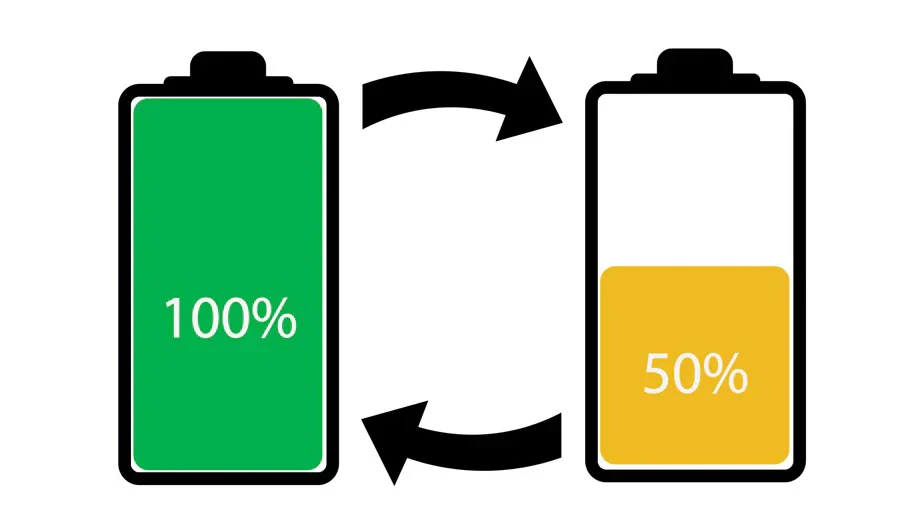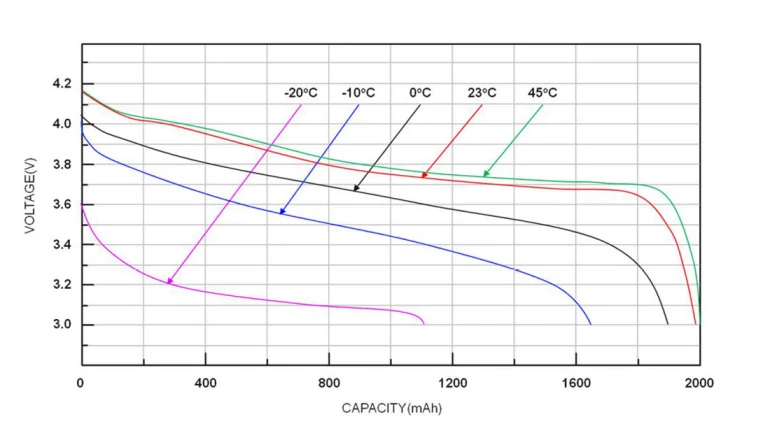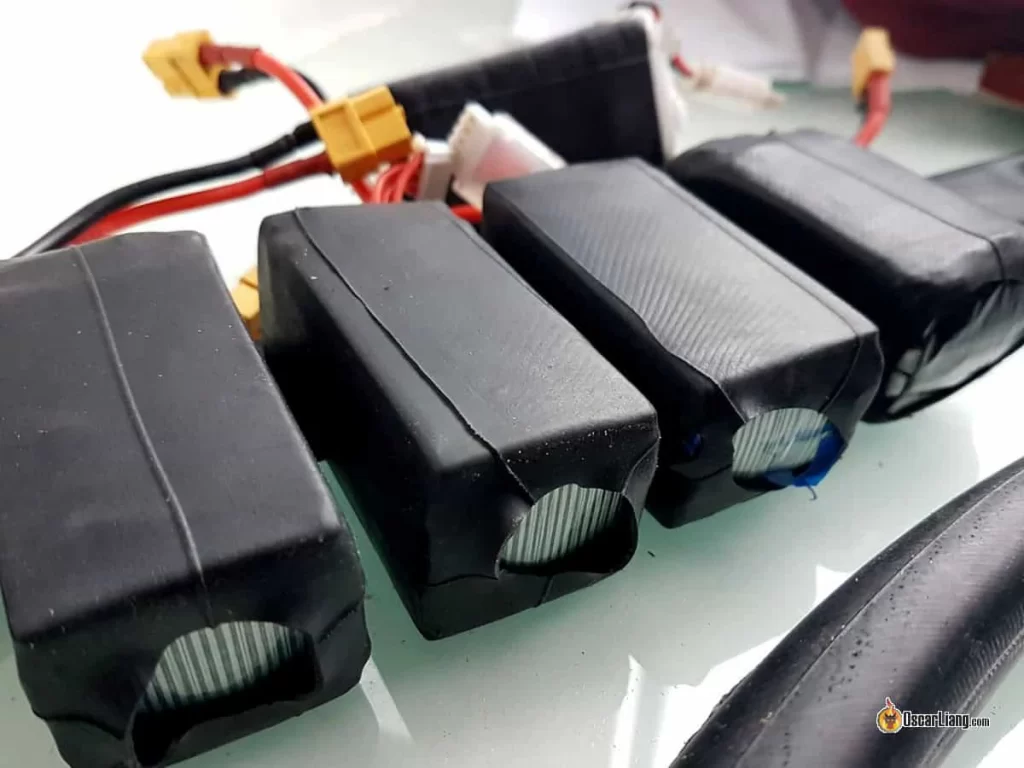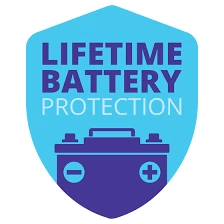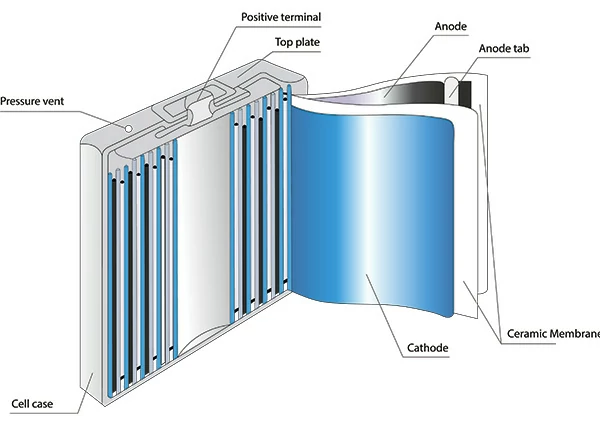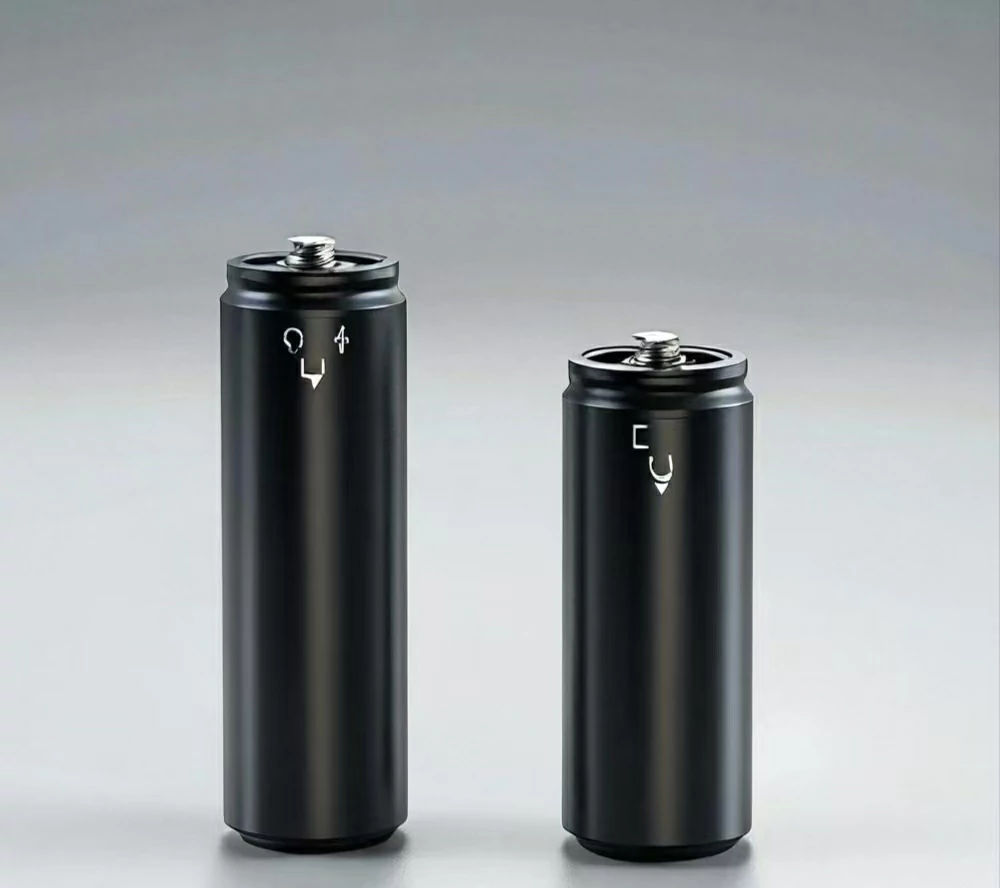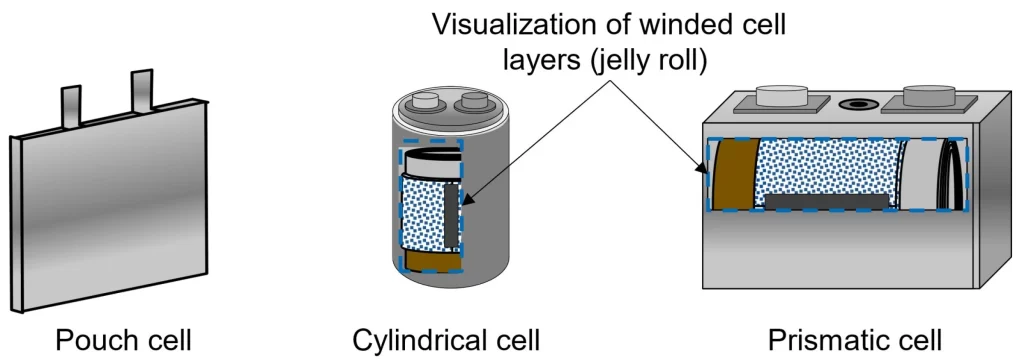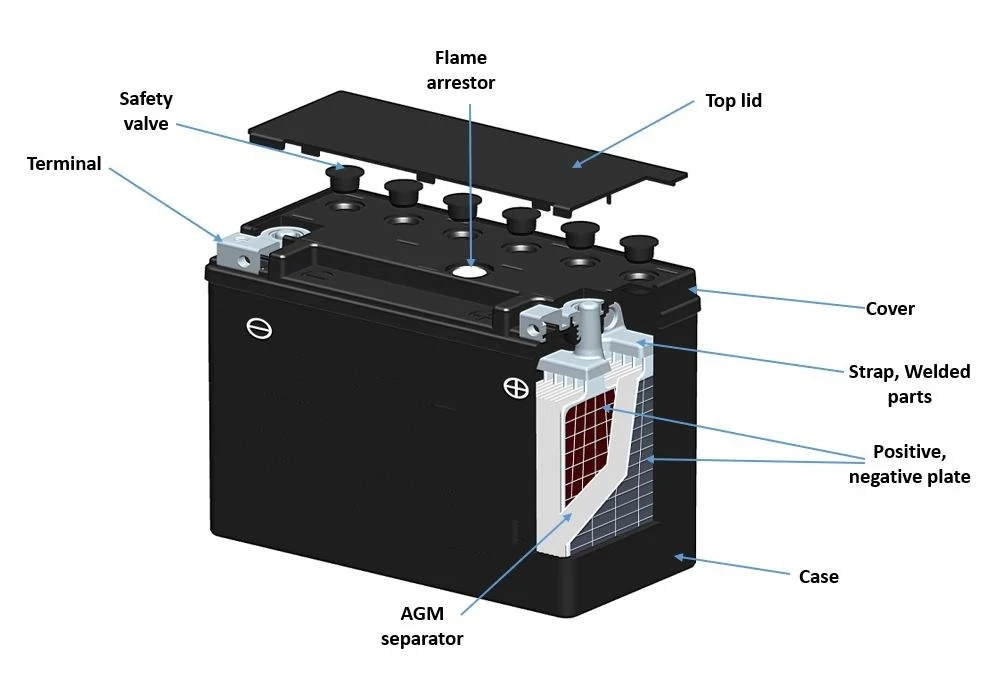Durability The durability of low-speed vehicle batteries is mainly reflected in the cycle life, anti-decay ability, environmental adaptability, structural protection design, and the efficiency of the battery management system (BMS). Batteries with high cycle life can be charged and discharged more times and maintain good performance, while batteries with strong anti-attenuation ability can remain stable even if the capacity is…
